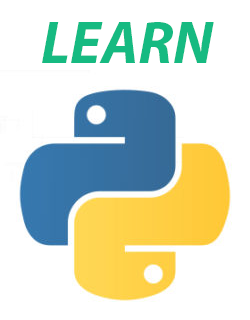
To define a variable just use the operator (=):
number = 1
string= hello
list = [1,2,3]
As you can see, it is not necessary to define the type of variables before using them.
TYPE OF DATA One opportunity that Python offers is to make multiple assignments on the same line of code a , b , c = 10, 20, 30
print a * b + c
Finally to add the comments just use # at the beginning of the line, or if it is necessary after the instructions
#hello python
hello # python
Hi! Did you know that steemit.com is now censoring users and posts based on their opinions?
All the posts of these users are gone!
https://github.com/steemit/condenser/commit/3394af78127bdd8d037c2d49983b7b9491397296
Here's a list of some banned users:
'roelandp', 'blocktrades', 'anyx', 'ausbitbank', 'gtg', 'themarkymark', 'lukestokes.mhth', 'netuoso', 'innerhive'See anyone you recognize? There could be more, they also have a remote IP ban list.
Will you be censored next?
Downvoting a post can decrease pending rewards and make it less visible. Common reasons:
Submit